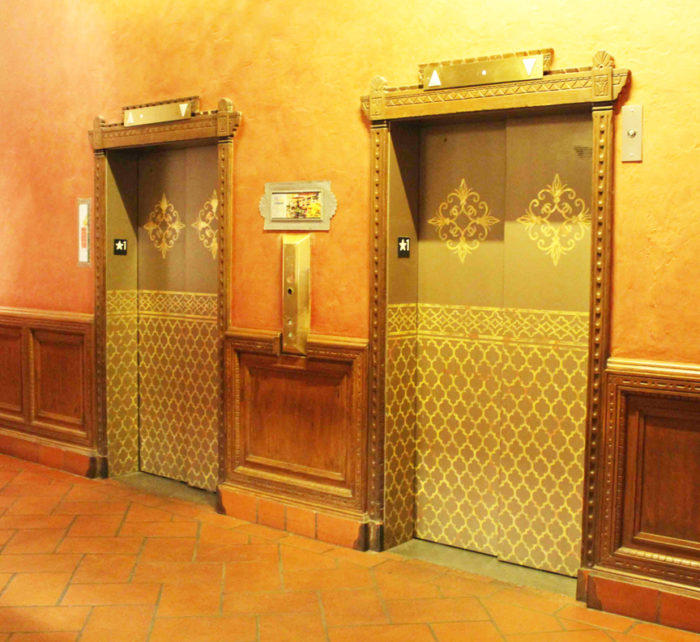
Image Credit: Anthony Greco / Wikimedia Commons
A typical apartment building in New York City loses thousands of dollars worth of energy every year from leaky elevator shafts that vent warm air at the top of the building and draw in cold air at the bottom, according to a new report from the city’s U.S. Green Building Council chapter.
The report, Spending Through the Roof, says that apartment building owners spend an average of $3,400 a year to heat replacement air for what’s lost through the roof. In taller buildings, the report notes, the cost can be more than $20,000 a year.
Plugging this type of air leak can cost from $500 to $15,000 for a large building. If the leaks were plugged on 4,000 tall apartment buildings in the city, landlords would collectively save $11 million a year while keeping 30,000 metric tons of greenhouse gases out of the atmosphere.
Holes in the roof were required
Openings in the tops of elevator shafts and stairwells were required by state and fire department regulations, the report says, as a way of venting smoke in the case of fire. But construction practices and firefighting techniques have changed, so the vents now “are needlessly open all the time.”
Tenants know their buildings are affected when they try to open the ground-floor doors to get in, according to an article in The New York Times. “As you try to pull open a lobby door,” the newspaper reported, “it seems soldered shut. Wrestle it open, and you are greeted by a shrill whistle and a blast of air.”
How much heat is lost depends on how tall the building is and where it’s located. The report notes that a 15-story multifamily building in a dense neighborhood loses $3,000 worth of heat through the roof every heating season. The same building in an area subjected to more airflow (less densely built up) would lose $6,500.
Total lost heat in the 4,000 multifamily buildings that are at least 10 stories high would fill 29,000 Empire State Buildings.
The two major options for plugging the leaks are to cover two-thirds of elevator shaft vents with annealed glass, leaving the rest open, or to install a motorized set of louvers that stay closed unless there’s a fire.
Laws governing stairwell vents haven’t changed since 1929, the report says, so there’s no legal way now for building owners to fix the problem.
Weekly Newsletter
Get building science and energy efficiency advice, plus special offers, in your inbox.











0 Comments
Log in or create an account to post a comment.
Sign up Log in